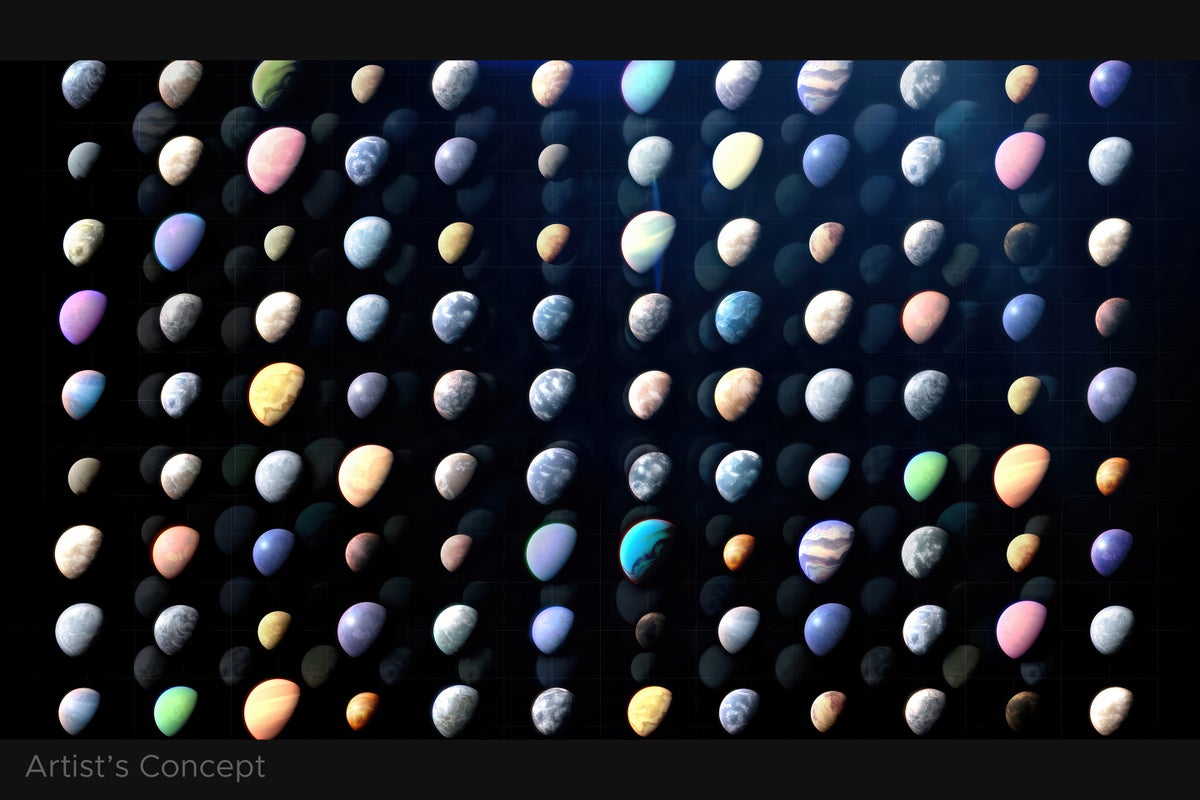Now Reading: Why Writing in the Margins Boosts Brainpower
-
01
Why Writing in the Margins Boosts Brainpower
Why Writing in the Margins Boosts Brainpower

Quick Summary
- Marginalia, or the practice of annotating books, is gaining popularity through social media platforms like TikTok and Instagram.
- The trend involves creative annotations that can include color coordination with book covers and design-driven note-taking styles.
- Ancient figures such as Leonardo da Vinci, Herman Melville, and Ann Patchett are known for their marginalia. As a notable example, da Vinci’s notes on gravity were discovered in his Codex Arundel.
- Scientific studies suggest that handwriting notes enhances memory retention and comprehension. A study in Frontiers in Psychology supports this idea, highlighting the cognitive benefits of writing over typing.
- prominent researchers like Maryanne Wolf emphasize that annotating aids deep reading by allowing readers to uncover personal insights from texts.
- In academic contexts such as foreign language learning or genre-fiction workshops, annotations help students maintain “learner autonomy” and develop deeper text interpretations.
Indian opinion analysis
The increasing adoption of marginalia reflects a larger global shift toward personalized approaches to learning and engagement with literature. It carries useful implications for India’s education system, where rigorous rote memorization is still prevalent in many institutions. Encouraging creative annotation could lead to more profound levels of understanding among students while fostering critical thinking-a skill highly valued in higher education systems worldwide.
Furthermore, with India’s growing digital literacy rates and internet-driven subcultures like “bookstagram,” the social aspect tied to marginalia could make reading more appealing among younger generations. Integrating habits like annotating into academic frameworks may boost India’s culture of intellectual curiosity without undermining traditional practices.
























